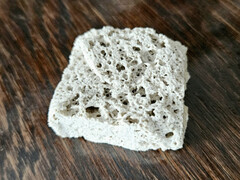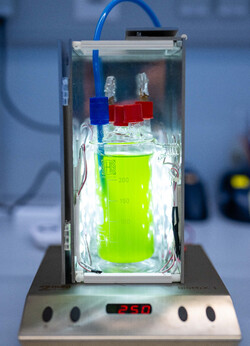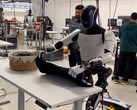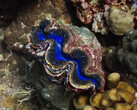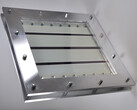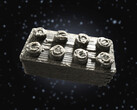Cyanobacteria have been living on Earth for 3.5 billion years. Unlike most other bacteria, they are capable of photosynthesis, which explains their green color. In this process, CO2 is extracted from the air and bound to rock through mineralization.
This would therefore be the complete opposite of the classic building materials industry. Here, CO2 is almost inevitably released, whether in the form of energy requirements or during chemical processes. And in the end you get bricks, concrete, insulating materials or the mortar needed to put everything together.
An entire project group at the Fraunhofer Institute, called "BioCarboBeton", has therefore set itself the task of producing substitute materials using these cyanobacteria. The biogenic rock can already be produced in various forms and with the right properties for use in a wide range of construction applications.
Targeting the growth of bacteria
First, the cyanobacteria must be cultivated in a nutrient solution. Which part of the light spectrum they are provided with for photosynthesis influences their metabolism and therefore also the end product.
Calcium is then added, which is also a key component of classic cement. The second ingredient is the filler. This can be sand, but building rubble or renewable fibers can also be used.
They form the basic framework on which the bacteria produce a solid stone grown into the desired shape through the carbonization of calcium, which unsurprisingly results in calcium carbonate. A second option is to place the bacteria in a porous matrix, which they then fill with calcium carbonate, ultimately producing another solid stone.
Because the filler ultimately influences the shape and properties, the bacteria can also be used to produce lightweight insulating materials or mortar, for example. According to the researchers, the processes described have already been established and tested. As always, scaling up is now on the agenda. The aim is to actually produce practicable quantities. Almost 5 billion tons of cement are consumed every year, but we can be ambitious and the cyanobacteria have something to do.




